
At the heart of this technological revolution are industrial switches, the unsung heroes that keep modern automation systems running smoothly. Whether it’s in manufacturing, energy, transportation, or smart cities, industrial switches play a critical role in ensuring seamless communication and control across complex networks.

Key Features of Industrial Switches
Durability:
Industrial switches are engineered to operate reliably in extreme environments. They often come with rugged enclosures and conform to industry standards like IP67 (dust and water resistance) and IEC 61850 (for electrical substations).High Performance:
With support for high-speed data transmission (e.g., Gigabit Ethernet) and low latency, industrial switches ensure real-time communication, which is crucial for automation and control systems.Redundancy and Reliability:
Features like Ring Topology and Rapid Spanning Tree Protocol (RSTP) provide network redundancy, minimizing downtime and ensuring continuous operation.Power over Ethernet (PoE):
Many industrial switches support PoE, allowing them to power devices like IP cameras, sensors, and wireless access points while transmitting data over a single cable.Scalability:
Industrial switches are designed to accommodate growing networks, making them a future-proof investment for expanding operations.
Future Trends in Industrial Switching
As industries embrace Industry 4.0 and the Internet of Things (IoT), the role of industrial switches is evolving. Key trends include:
Edge Computing: Industrial switches are increasingly used to process data at the edge, reducing latency and improving decision-making.
Cybersecurity: With the rise of connected devices, industrial switches are being equipped with advanced security features to protect against cyber threats.
5G Integration: The adoption of 5G technology is driving the development of industrial switches that can handle higher data speeds and support more devices.

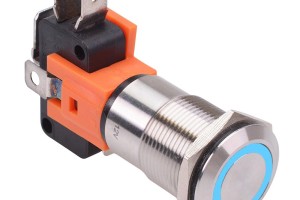
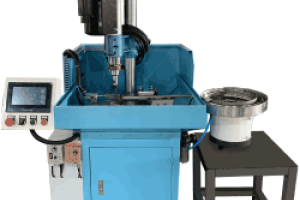
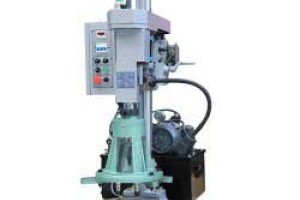
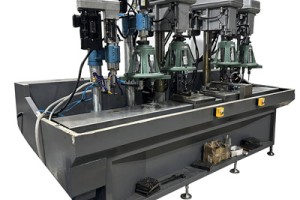
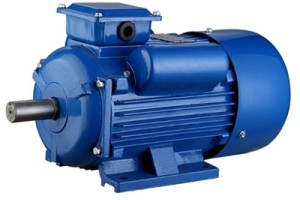
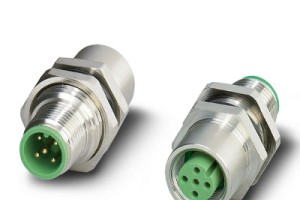

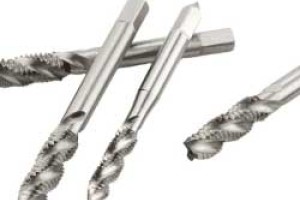
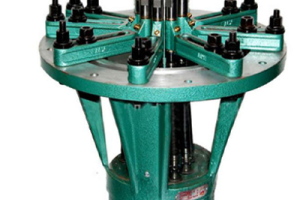
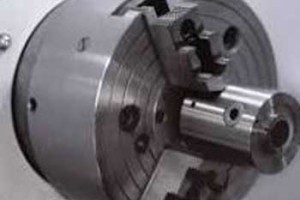
Leave a comment